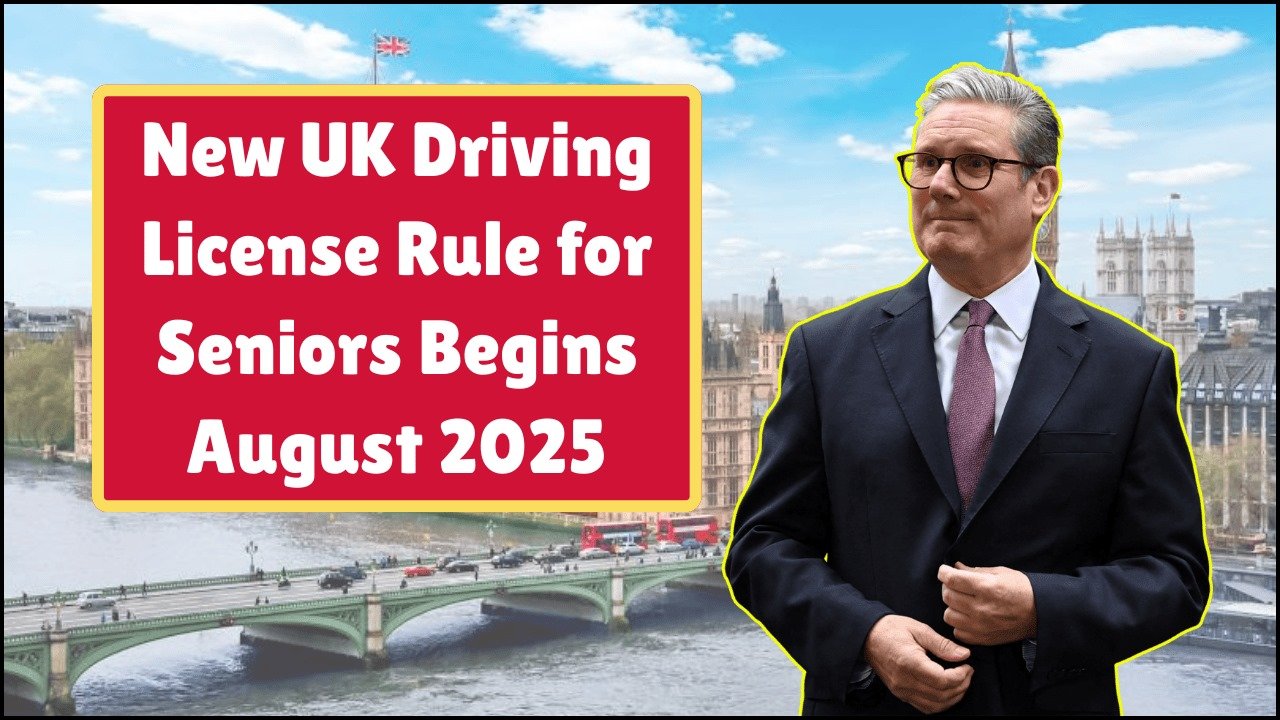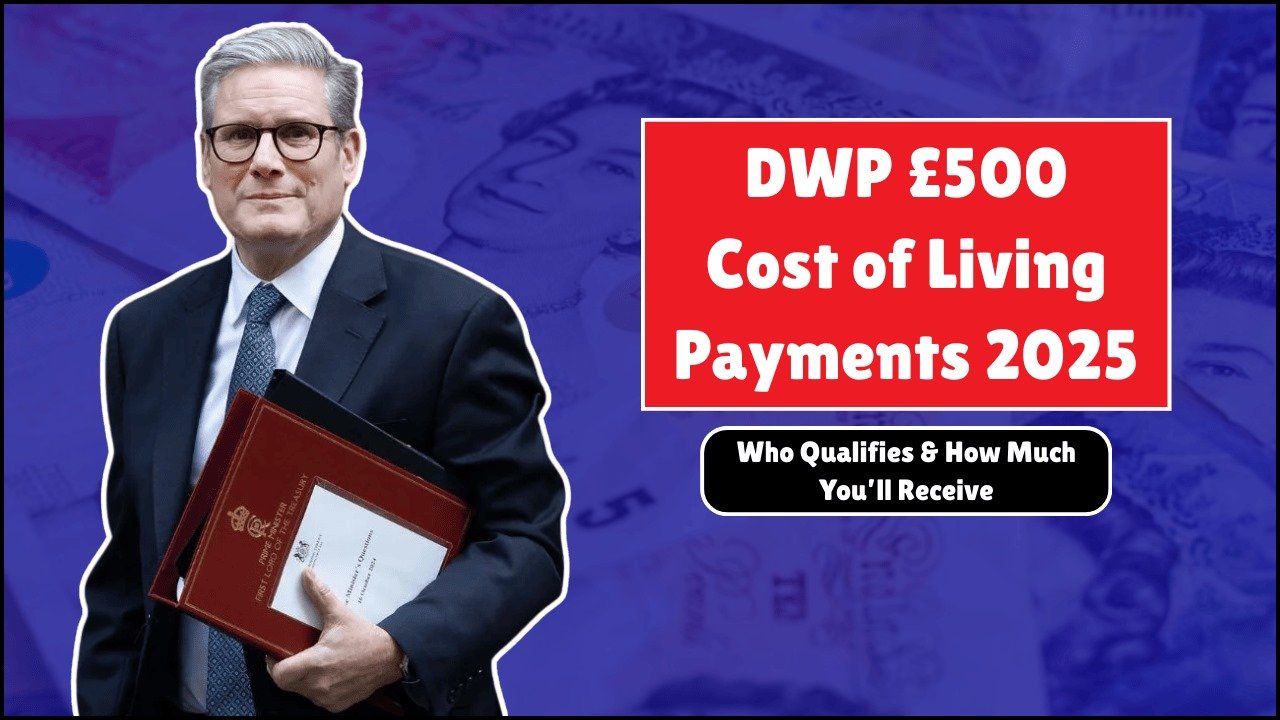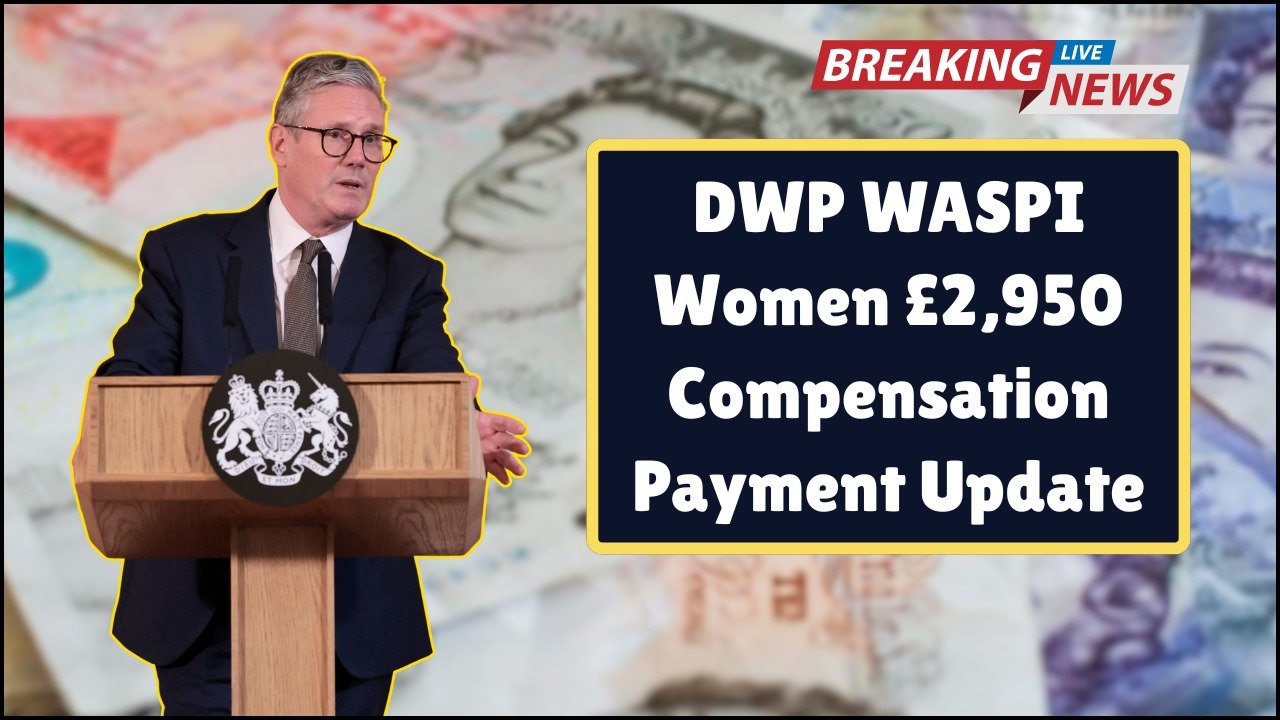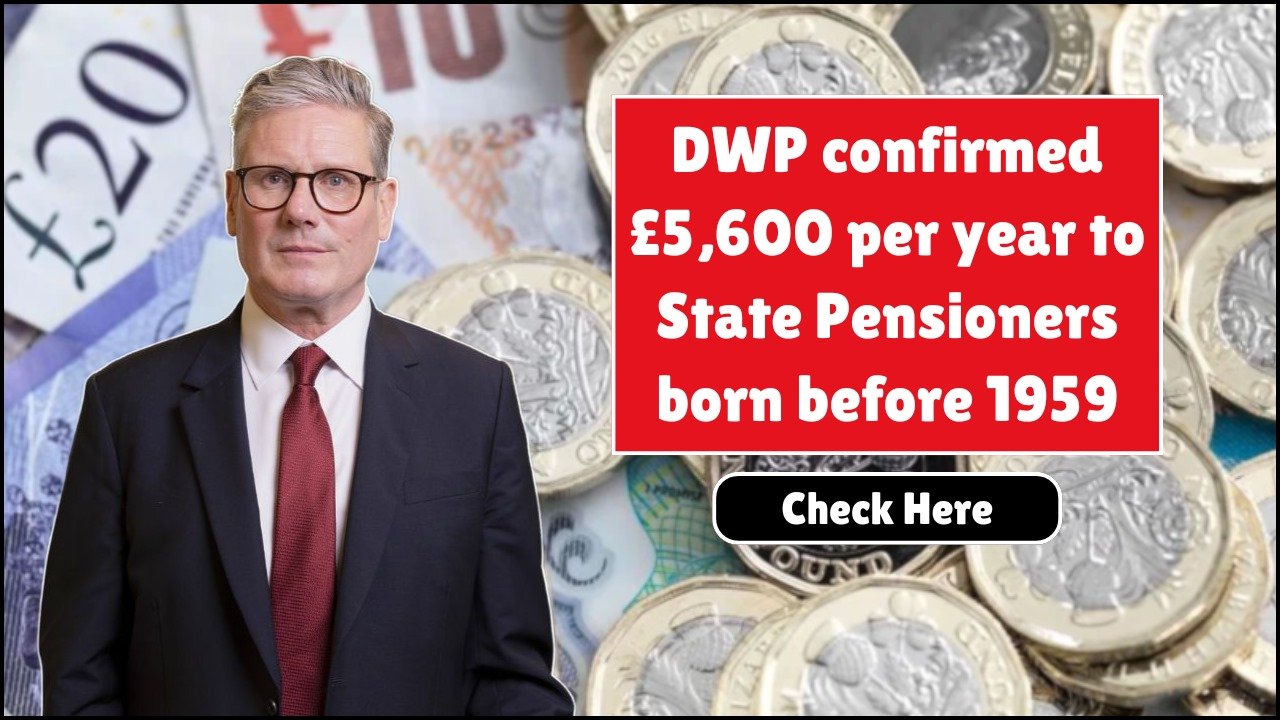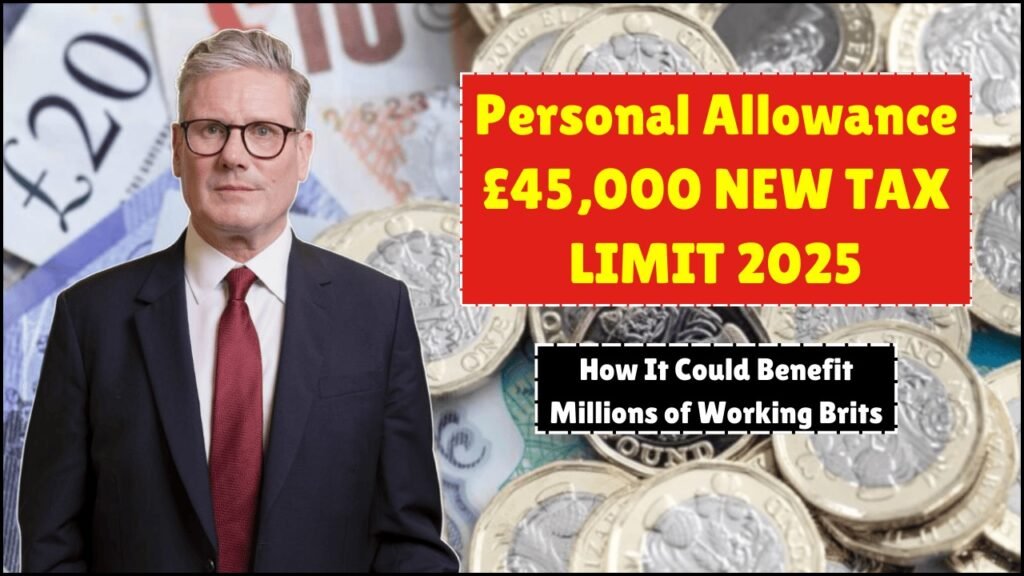
The UK’s tax landscape may be on the verge of a historic shake-up. In 2025, calls to lift the Personal Allowance — the portion of income workers keep tax-free — from £12,570 to £45,000 have intensified.
Campaigners, economists, and even some policymakers argue that this reform could give working families huge relief at a time when rising living costs and sluggish wages continue to bite. If introduced, it would represent one of the most significant changes to the UK tax system in decades.
Table of Contents
New Tax-Free Limit £45,000
The suggested reform would triple the tax-free limit, letting workers earn up to £45,000 without paying a penny in income tax. Even those earning more would benefit, since their first £45,000 would also be exempt.
For someone earning £30,000, this would effectively wipe out their income tax liability altogether. For higher earners, it would still mean keeping an additional £32,430 of income tax-free. While wealthier groups would gain in raw numbers, advocates argue that households in the lower and middle-income brackets would feel the biggest life-changing difference.
Overview
| Key Area | Current System | Proposed Change |
|---|---|---|
| Personal Allowance | £12,570 | £45,000 |
| Tax-Free Income Coverage | Limited to lower earners | All workers earning up to £45,000 |
| Beneficiaries | Mostly low earners | All under £45,000; partial relief above |
| Cost to Treasury | N/A | Estimated £100+ billion annually |
| Economic Impact | Limited spending power | Boosted household income, more growth |
| Long-Term Effect | High tax burden on modest salaries | Reduced pressure on working households |
Eligibility Criteria
Supporters believe this reform could directly help:
- Families managing tight household budgets
- Young professionals just entering the workforce
- Low to middle-income earners most exposed to rising costs
- Self-employed workers, whose incomes can fluctuate year to year
While those earning above £45,000 would also see benefits, the core aim is to shield households most at risk from being dragged into higher tax brackets prematurely
Current Personal Allowance
Currently, every worker in the UK can earn up to £12,570 before income tax is applied. Beyond this amount, tax is charged in three key bands:
- 20% on income between £12,571 and £50,270
- 40% on income between £50,271 and £125,140
- 45% on income above £125,140
This means millions of people begin paying tax relatively quickly, even when their wages barely stretch to cover housing, food, and utilities. Critics argue the current threshold unfairly burdens everyday earners at a time when inflation erodes disposable income.
Economic Effects
Introducing a £45,000 allowance would significantly reduce Treasury income from income tax. Estimates suggest the annual cost could exceed £100 billion.
However, supporters argue the hit may not be as severe as critics claim. More disposable income could:
- Increase VAT receipts through higher household spending
- Reduce welfare payments, as families would be more financially stable
- Spur job growth and productivity, with more incentives to work
Challenges
Despite the appeal, the proposal faces strong opposition:
- Budgetary strain – replacing over £100 billion in lost revenue would require either borrowing, tax rises elsewhere, or public service cuts.
- Distribution concerns – higher earners would still gain more in absolute terms, which could be seen as unfair.
- Impact on services – without adequate replacement funding, the NHS, pensions, and social care could face pressure.
Critics argue that while the reform looks progressive on paper, the numerical windfall to wealthier groups risks deepening inequality unless carefully managed.
FAQs
1. What is the current Personal Allowance in the UK?
A = The Personal Allowance is currently set at £12,570.
2. How much income would be tax-free under the £45,000 proposal?
A = All income up to £45,000 would be exempt from income tax.
3. Who would benefit most from this reform?
A = Low and middle-income households would see the biggest relative relief.


